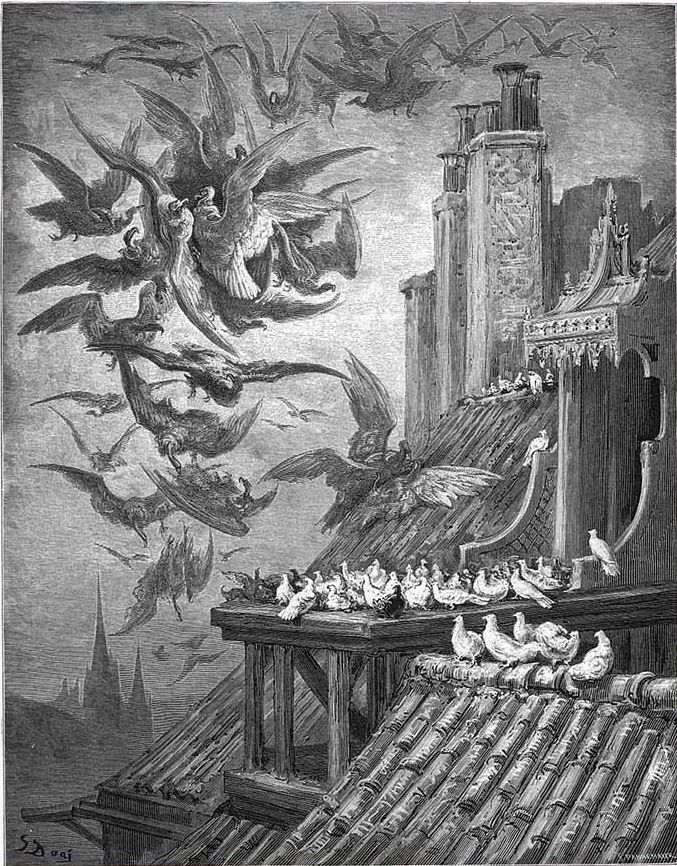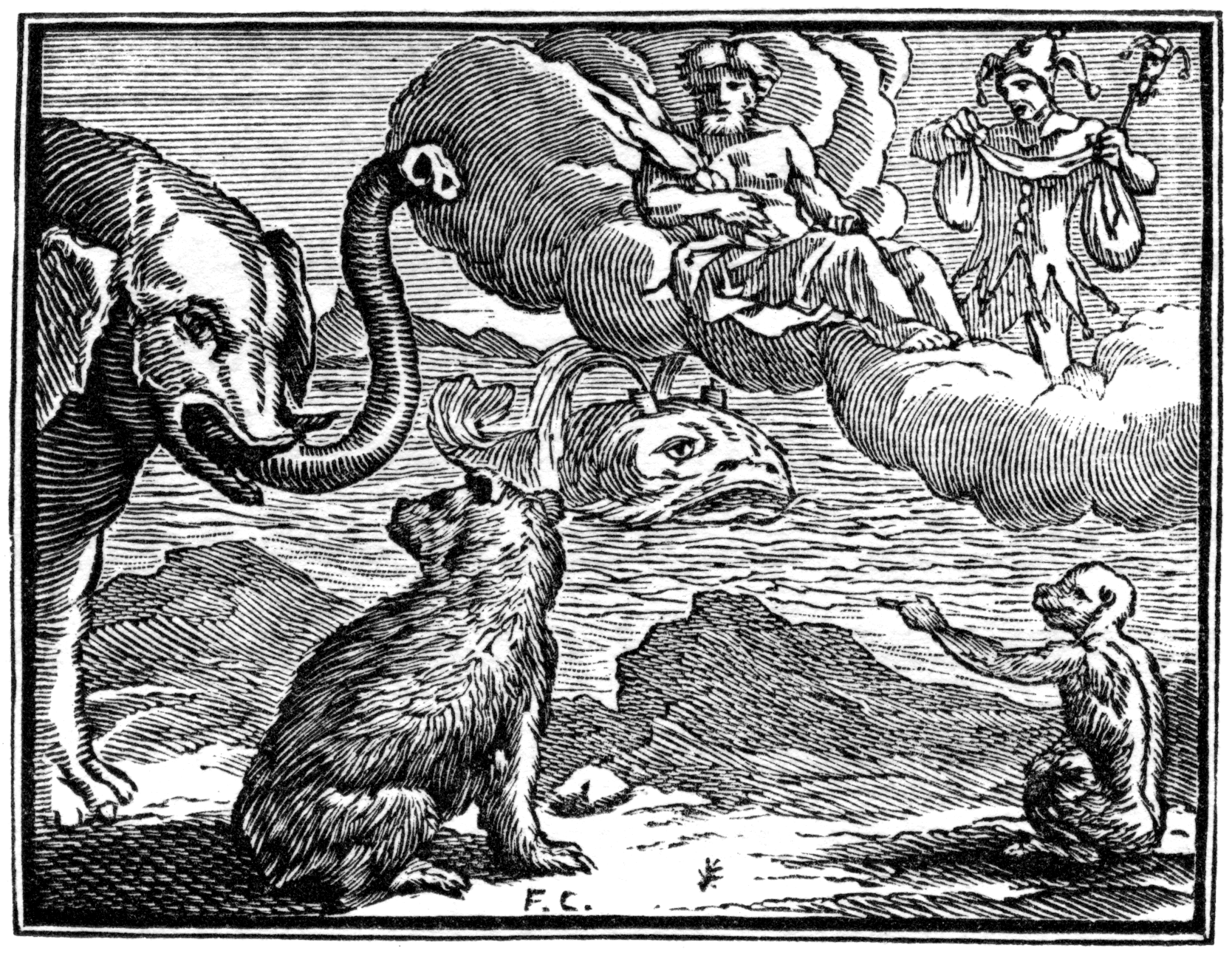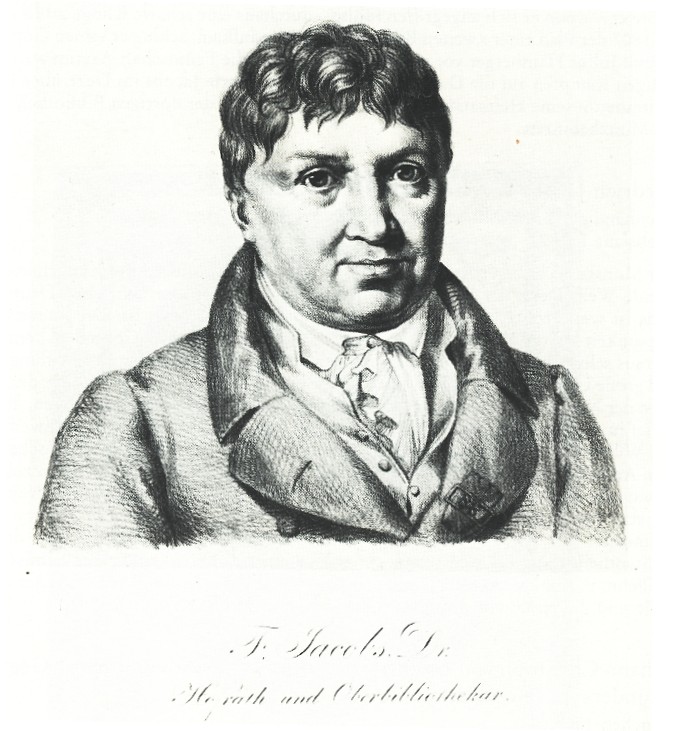|
The Vultures And The Pigeons
The vultures and the pigeons is a fable of Jean de la Fontaine adapted from a Latin original by Laurentius Abstemius, where it was titled ''De acciptribus inter se inimicis quos columbae pacaverant'' (The warring hawks pacified by doves). Abstemius tells how doves manage to end a conflict between warring hawks, only to have the raptors turn on them instead. His moral is to let well alone so that the vulnerable can live at peace. In La Fontaine's version, the protagonists are changed to vultures and pigeons (''Les vautours et les pigeons'') and there are many Classical references not found in the original. It is Mars who has thrown “all the air in ferment” (line 1); the birds concerned are not the doves harnessed by Venus to her chariot (lines 7–8) but vultures, of which so many are killed that “Prometheus on his rock began to hope at last to see the ending of his torture” (lines 15–16). After the pigeons intervene to their own eventual destruction, La Fontaine conc ... [...More Info...] [...Related Items...] OR: [Wikipedia] [Google] [Baidu] |
La Fontaine's Fables
Jean de La Fontaine collected fables from a wide variety of sources, both Western and Eastern, and adapted them into French free verse. They were issued under the general title of Fables in several volumes from 1668 to 1694 and are considered classics of French literature. Humorous, nuanced and ironical, they were originally aimed at adults but then entered the educational system and were required learning for school children. Composition history Divided into 12 books, there are 239 of the ''Fables'', varying in length from a few lines to some hundred, those written later being as a rule longer than those written earlier. The first collection of ''Fables Choisies'' had appeared March 31, 1668, dividing 124 fables into six books over its two volumes. They were dedicated to ''"Monseigneur"'' Louis, ''le Grand Dauphin'', the six-year-old son of Louis XIV of France and his queen consort Maria Theresa of Spain. By this time, La Fontaine was 47 and known to readers chiefly as the au ... [...More Info...] [...Related Items...] OR: [Wikipedia] [Google] [Baidu] |
Laurentius Abstemius
Laurentius Abstemius (c. 1440–1508) was an Italian writer and professor of philology, born at Macerata in Ancona. His learned name plays on his family name of Bevilaqua (Drinkwater), and he was also known by the Italian name Lorenzo Astemio. A Neo-Latin writer of considerable talents at the time of the Humanist revival of letters, his first published works appeared in the 1470s and were distinguished by minute scholarship. During that decade he moved to Urbino and became ducal librarian, although he was to move between there and other parts of Italy thereafter as a teacher. The work for which he is principally remembered now is ''Hecatomythium'' (1495), a collection of a hundred fables written in Latin and largely of his own invention. However, the inclusion together with this work of the thirty-three Aesopic fables translated from the Greek by Lorenzo Valla gave the impression that his own work was of the same kind. Several of the fables of Abstemius, it is true, relate to ... [...More Info...] [...Related Items...] OR: [Wikipedia] [Google] [Baidu] |
Bird Of Prey
Birds of prey or predatory birds, also known as raptors, are hypercarnivorous bird species that actively hunt and feed on other vertebrates (mainly mammals, reptiles and other smaller birds). In addition to speed and strength, these predators have keen eyesight for detecting prey from a distance or during flight, strong feet with sharp talons for grasping or killing prey, and powerful, curved beaks for tearing off flesh. Although predatory birds primarily hunt live prey, many species (such as fish eagles, vultures and condors) also scavenge and eat carrion. Although the term "bird of prey" could theoretically be taken to include all birds that actively hunt and eat other animals, ornithologists typically use the narrower definition followed in this page, excluding both piscivorous predators such as storks, herons, gulls, skuas, penguins and kingfishers, as well as primarily insectivorous birds such as passerine birds (e.g. shrikes) and birds like nightjars and frog ... [...More Info...] [...Related Items...] OR: [Wikipedia] [Google] [Baidu] |
Mars
Mars is the fourth planet from the Sun and the second-smallest planet in the Solar System, only being larger than Mercury. In the English language, Mars is named for the Roman god of war. Mars is a terrestrial planet with a thin atmosphere (less than 1% that of Earth's), and has a crust primarily composed of elements similar to Earth's crust, as well as a core made of iron and nickel. Mars has surface features such as impact craters, valleys, dunes and polar ice caps. It has two small and irregularly shaped moons, Phobos and Deimos. Some of the most notable surface features on Mars include Olympus Mons, the largest volcano and highest known mountain in the Solar System and Valles Marineris, one of the largest canyons in the Solar System. The Borealis basin in the Northern Hemisphere covers approximately 40% of the planet and may be a large impact feature. Days and seasons on Mars are comparable to those of Earth, as the planets have a similar rotation period ... [...More Info...] [...Related Items...] OR: [Wikipedia] [Google] [Baidu] |
Venus
Venus is the second planet from the Sun. It is sometimes called Earth's "sister" or "twin" planet as it is almost as large and has a similar composition. As an interior planet to Earth, Venus (like Mercury) appears in Earth's sky never far from the Sun, either as morning star or evening star. Aside from the Sun and Moon, Venus is the brightest natural object in Earth's sky, capable of casting visible shadows on Earth at dark conditions and being visible to the naked eye in broad daylight. Venus is the second largest terrestrial object of the Solar System. It has a surface gravity slightly lower than on Earth and has a very weak induced magnetosphere. The atmosphere of Venus, mainly consists of carbon dioxide, and is the densest and hottest of the four terrestrial planets at the surface. With an atmospheric pressure at the planet's surface of about 92 times the sea level pressure of Earth and a mean temperature of , the carbon dioxide gas at Venus's surface is in th ... [...More Info...] [...Related Items...] OR: [Wikipedia] [Google] [Baidu] |
Prometheus
In Greek mythology, Prometheus (; , , possibly meaning " forethought")Smith"Prometheus". is a Titan god of fire. Prometheus is best known for defying the gods by stealing fire from them and giving it to humanity in the form of technology, knowledge, and more generally, civilization. In some versions of the myth, he is also credited with the creation of humanity from clay. Prometheus is known for his intelligence and for being a champion of humankind, and is also generally seen as the author of the human arts and sciences. He is sometimes presented as the father of Deucalion, the hero of the flood story. The punishment of Prometheus as a consequence of the theft of fire and giving it to humans is a popular subject of both ancient and modern culture. Zeus, king of the Olympian gods, sentenced Prometheus to eternal torment for his transgression. Prometheus was bound to a rock, and an eagle—the emblem of Zeus—was sent to eat his liver (in ancient Greece, the liver was tho ... [...More Info...] [...Related Items...] OR: [Wikipedia] [Google] [Baidu] |
Partition Of Poland
The Partitions of Poland were three partitions of the Polish–Lithuanian Commonwealth that took place toward the end of the 18th century and ended the existence of the state, resulting in the elimination of sovereign Poland and Lithuania for 123 years. The partitions were conducted by the Habsburg monarchy, the Kingdom of Prussia, and the Russian Empire, which divided up the Commonwealth lands among themselves progressively in the process of territorial seizures and annexations. The First Partition was decided on August 5, 1772 after the Bar Confederation lost the war with Russia. The Second Partition occurred in the aftermath of the Polish–Russian War of 1792 and the Targowica Confederation of 1792 when Russian and Prussian troops entered the Commonwealth and the partition treaty was signed during the Grodno Sejm on January 23, 1793 (without Austria). The Third Partition took place on October 24, 1795, in reaction to the unsuccessful Polish Kościuszko Uprising the previ ... [...More Info...] [...Related Items...] OR: [Wikipedia] [Google] [Baidu] |
Christian Friedrich Wilhelm Jacobs
Christian Friedrich Wilhelm Jacobs (October 6, 1764 – March 30, 1847) a German classical scholar, was born at Gotha. After studying philology and theology at Jena and Göttingen, in 1785, Friedrich Jacobs (as he is known), became a teacher in the gymnasium of his native town, and in 1802 was appointed to an office in the public library. In 1807 he became classical tutor in the lyceum of Munich, but, disgusted at the attacks made upon him by the old Bavarian Catholic party, who resented the introduction of north German teachers, he returned to Gotha in 1810 to take charge of the library and the numismatic cabinet. He remained in Gotha till his death on 30 March 1847. Jacobs was an extremely successful teacher; he took great interest in the affairs of his country, and was a publicist of no mean order. But his great work was a huge critical commentary to the '' Greek Anthology'' in 13 volumes (1798–1814), followed by the first modern edition based on the ''Codex Palatinus'' (181 ... [...More Info...] [...Related Items...] OR: [Wikipedia] [Google] [Baidu] |



